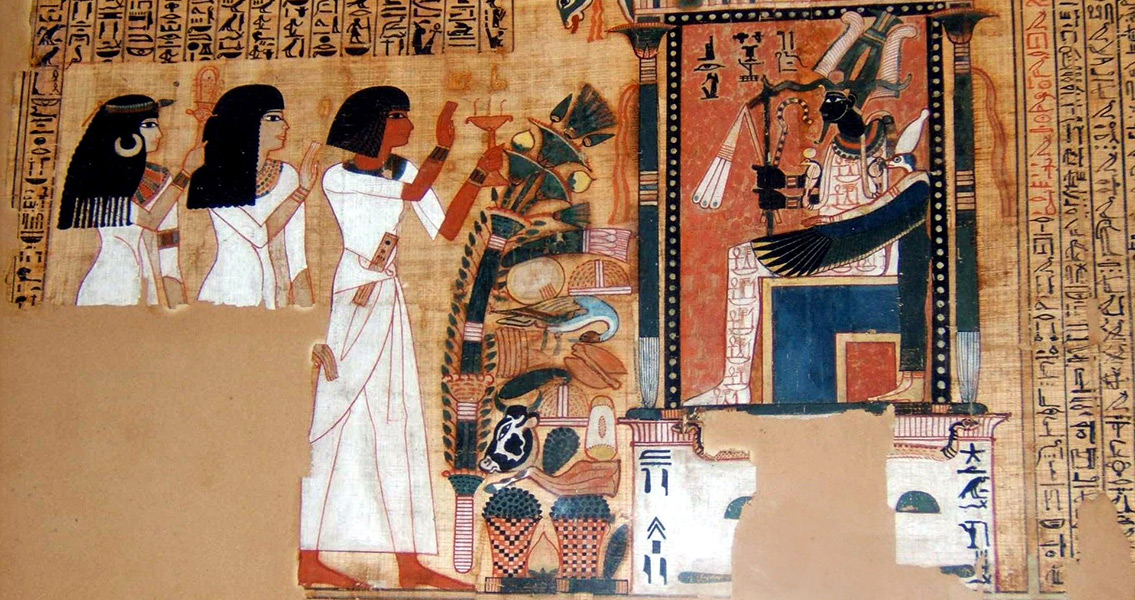<![CDATA[An egyptologist has discovered what is probably the oldest leather manuscript from ancient Egypt, dating back around 4,000 years. Leather manuscripts from the ancient civilisation are extremely rare because of the dry climate of the region, in which it is difficult for leather to survive. The manuscript, which is also the longest found so far, lay forgotten for around 70 years, media report. The document contains remarkably well preserved texts and drawings, and was found by Wael Sherbiny in a storage room in the Egyptian Museum in Cairo. The Belgian-based researcher told the Guardian that the manuscript was probably forgotten because everyone who dealt with it after its initial discovery died during the Second World War or shortly after. According to him, the artefact was acquired by the French Institute for Oriental Archaeology in an antiquities deal, and then donated to the museum a couple of years before the start of the war. Sherbiny told the Guardian the document had been in pieces and he'd had to piece them together like a jigsaw puzzle. He could do this based on similar texts and images that he knew from the insides of various coffins from the period, he told the newspaper. The manuscript was probably written between 2,300 and 2,000 BCE – towards the end of the Old Kingdom or the beginning of the Middle Kingdom - and after the reconstruction carried out by Sherbiny it measures some 2.5 metres in length, he told Discovery News. It has text and drawings on both sides. The texts are religious in nature, including a host of first-person spells probably to be recited by a priest on ceremonial occasions, while the illustrations depict gods and other supernatural beings. Some of the segments of text and images are the same as those in what is called the Book of Two Ways – an illustrated collection of texts detailing religious rituals that were later adapted for use during funeral ceremonies. The Book of Two Ways is known to egyptologists from coffins in Hermopolis, an archaeological site in Upper Egypt that dates to the Middle Kingdom period, Discovery News reports. Sherbiny told the website that the iconography on the leather scroll is even more detailed than the texts and images in the Hermopolis coffins, which means that parts of the Book of Two Ways were older than the Middle Kingdom. The person reciting one of the rituals in the texts from the Hermopolis coffins is approaching a sacred place, which is under the protection of a number of gates as well as powerful supernatural beings. The segments of the leather scroll that are found in the Book of Two Ways detail the spells that need to be said in order for the priest to pass safely by the magical guardians of the holy place. Sherbiny also noted, speaking to Discovery News, that some of the texts and drawings are unique, suggesting the late Old Kingdom had “a large body of both religious iconography and texts”, which have been unfortunately lost to science. So far, the most famous body of religious texts from ancient Egypt is the Book of the Dead, which contains images similar to those in the rediscovered scroll, and was written a millennium later. Image courtesy of Wikimedia Commons user: Fredduf]]>
Oldest Egyptian Leather Scroll Found
